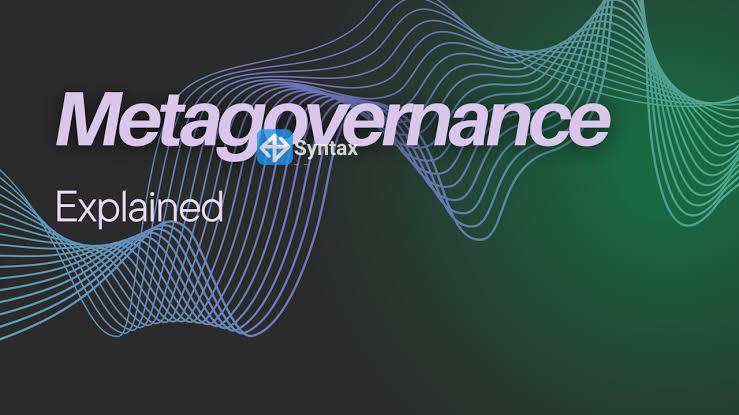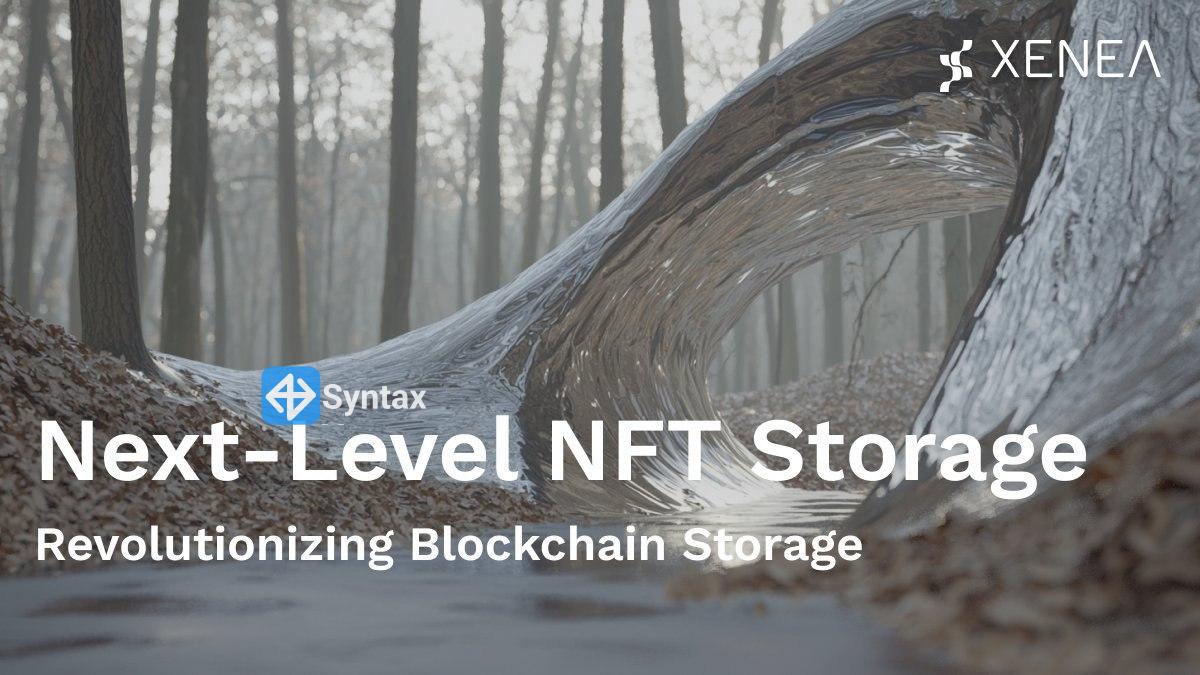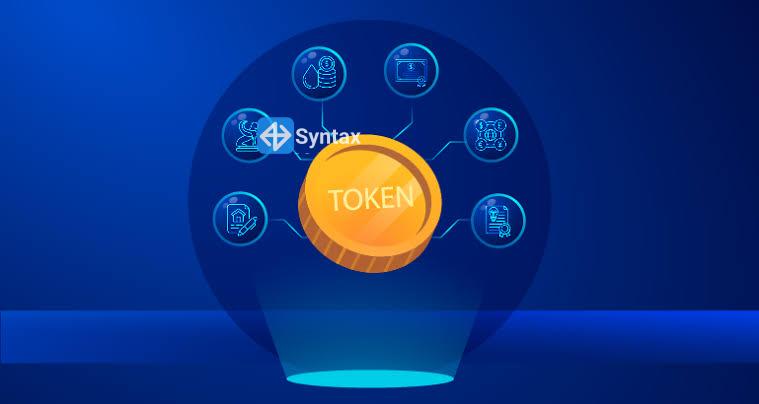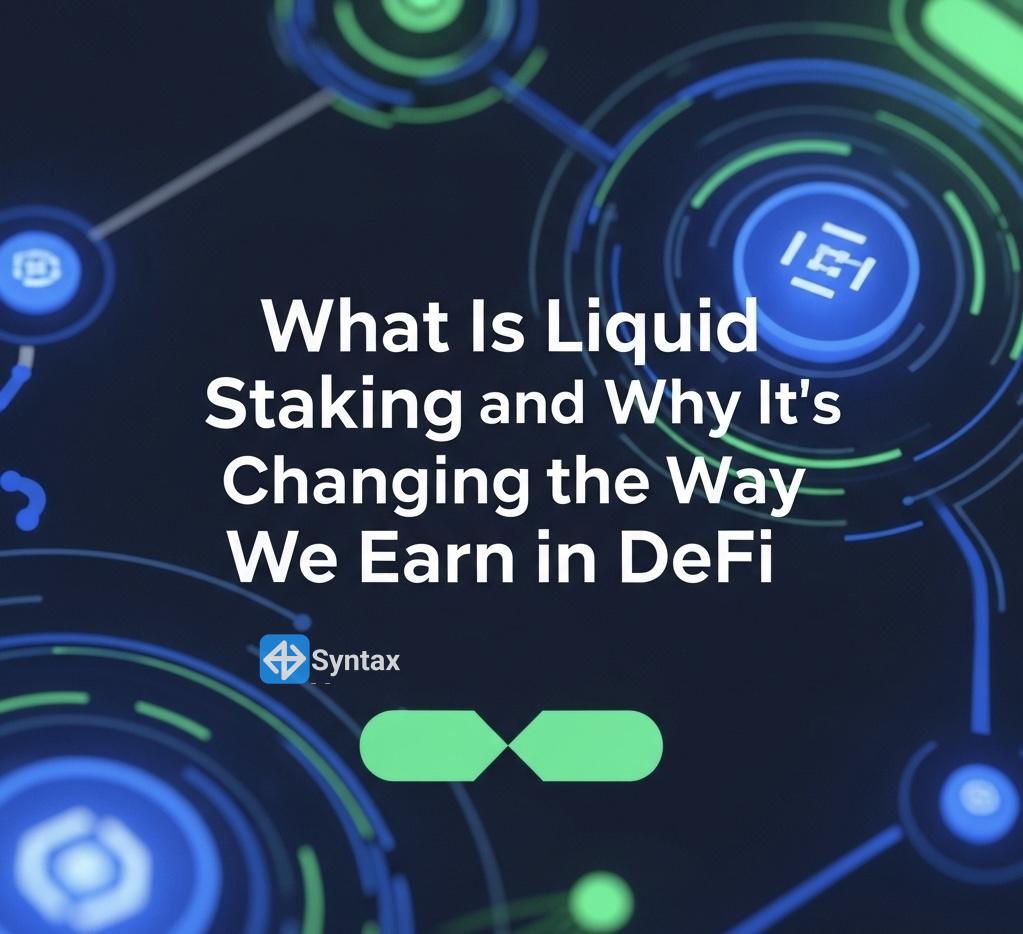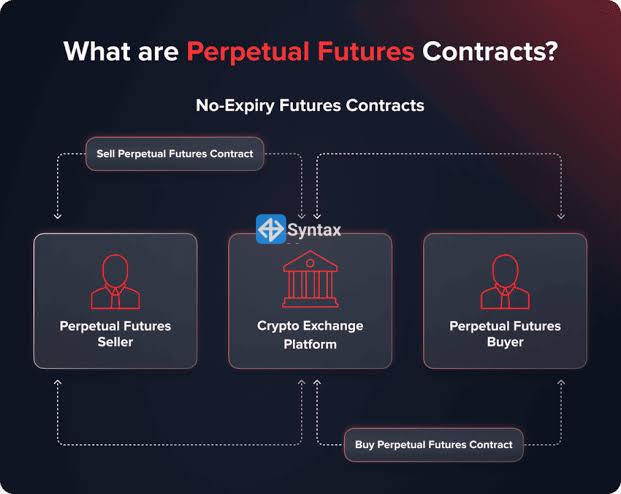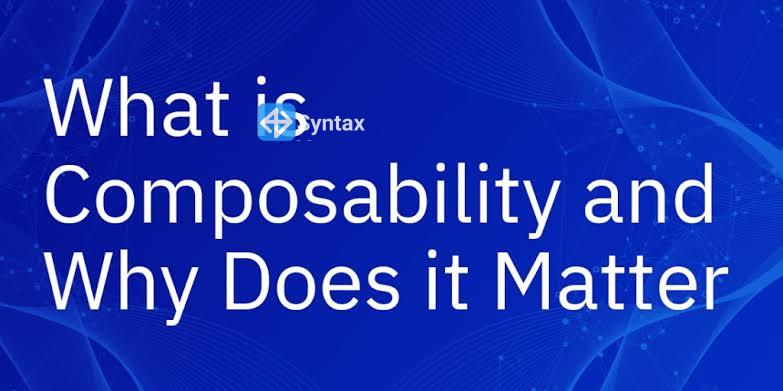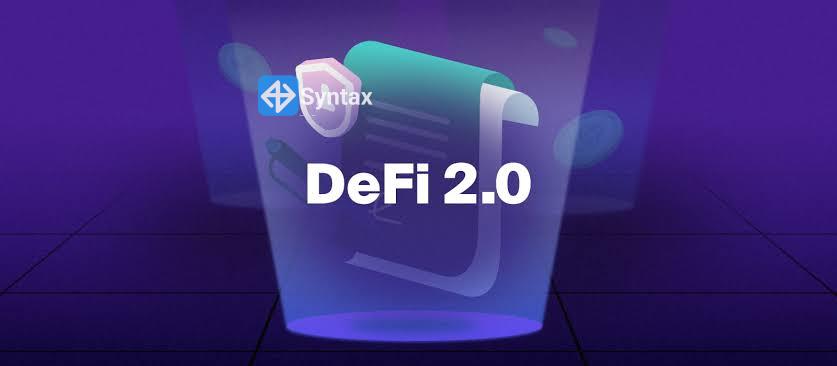As the popularity of cryptocurrency grows, so do the scams. One of the most dangerous traps for newcomers is falling for fake crypto exchanges platforms that look real but are designed to steal your money or personal data.
1. Too-Good-To-Be-True Offers
If an exchange promises guaranteed profits, zero fees, or massive bonuses just for signing up, that’s a red flag. Real crypto exchanges don’t offer unrealistic rewards, and there’s no such thing as guaranteed returns in crypto.
Scam exchanges use flashy promises to lure users into depositing funds quickly. Always be skeptical of anything that sounds too easy or too generous.
2. No Company Information or Regulation
Legitimate exchanges usually display clear information about the company, including registration details, physical address, and licensing. If you can’t find this on their site or if the info seems vague or fake, that’s a sign to walk away.
Also, check if the exchange is regulated in at least one jurisdiction. While not all crypto platforms need licenses, a lack of transparency is a big red flag.
3. Poor Website Security
Before trusting a platform with your money, look at its URL. Does it start with “https”? Does it have a padlock symbol? These are basic signs of security. Scam exchanges often use unsecured websites or fake domains that mimic popular platforms.
Double-check the URL for spelling errors or odd endings like “.xyz” or “.net” pretending to be “.com”.
4. No Reviews or Fake Reviews
Always look for user reviews on platforms like Trustpilot, Reddit, or crypto forums. If there are no reviews at all, or if the reviews look copy-pasted and overly positive, that’s a sign the site may be fake or new and untrusted.
You can also search “[exchange name] scam” to see if others have reported issues.
5. Complicated or Unclear Withdrawal Process
Scam exchanges often make it easy to deposit funds but almost impossible to withdraw them. If an exchange requires extra deposits, identity verification after you try to withdraw, or charges unreasonable withdrawal fees, it’s likely a trap.
Legit exchanges are upfront about how you can withdraw, and they won’t hold your money hostage.
6. No Social Media or Community Presence
Reputable crypto exchanges usually have active communities, social media accounts, or support channels on platforms like Twitter, Telegram, or Discord. If you can't find any online presence, or if their profiles look empty or fake, be cautious.
Community engagement is a good trust signal.
With crypto still being relatively new for many users, bad actors take advantage of those who don’t know what to look out for. By paying attention to these signs and doing your research, you can protect your funds and avoid falling into a scam exchange.
Always remember: if it feels off, it probably is.




